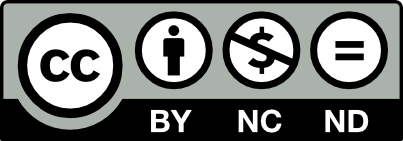Por favor, use este identificador para citar o enlazar este ítem:
http://hdl.handle.net/10609/144208
| Título : | The uneven geography of US air traffic delays: Quantifying the impact of connecting passengers on delay propagation |
| Autoría: | Sismanidou, Athina Tarradellas Espuny, Joan Suau Sánchez, Pere |
| Otros: | Universitat Oberta de Catalunya. Estudis d'Economia i Empresa Cranfield University EADA Business School |
| Citación : | Sismanidou, A., Tarradellas, J. & Suau-Sánchez, P. (2022). The uneven geography of US air traffic delays: Quantifying the impact of connecting passengers on delay propagation. Journal of Transport Geography, 98, 1-12. doi: 10.1016/j.jtrangeo.2021.103260 |
| Resumen : | Sustained airport congestion periods translate into delays, especially in hub-and-spoke networks in which delay propagation is more evident. We examine the impact of connecting passenger arrival delays on network delay propagation by using passenger level data combined with flight delay data that allow us to analyse the correlation between delayed incoming flights and departure delays at the 21 U.S. airports with most delays, in July 2018. Results show that correlation between daily arrival delays and daily carrier induced departure delays are statistically significant only for flights carrying high proportions of connecting passengers. Correlation values are also higher for short-to-moderate arrival delays. In addition, a Neural Network model was trained for six major airports to build a delay prediction model and map the potential delay propagation. The results of the propagation scenarios suggest that the presence of a unique dominant carrier at an airport translates into a stronger correlation between arrival and carrier delays than that at airports where different carriers compete for connecting passengers. Furthermore, airline hubs located near the areas of the network with more traffic density, independently of the hub's volume of traffic, are more likely to propagate the delay than hubs located in the periphery. The results of this study can be relevant for airline, airport, and traffic control policies aimed at mitigating airport and network congestion. |
| Palabras clave : | congestión del aeropuerto congestión en la red propagación de retraso de vuelo retraso del transportista predicción de retraso retraso dentro del aeropuerto algoritmos de aprendizaje automático |
| DOI: | http://doi.org/10.1016/j.jtrangeo.2021.103260 |
| Tipo de documento: | info:eu-repo/semantics/article |
| Versión del documento: | info:eu-repo/semantics/publishedVersion |
| Fecha de publicación : | 20-dic-2021 |
| Licencia de publicación: | https://creativecommons.org/licenses/by-nc-nd/4.0/  |
| Aparece en las colecciones: | Articles Articles cientÍfics |
Ficheros en este ítem:
| Fichero | Descripción | Tamaño | Formato | |
|---|---|---|---|---|
| Sismanidou_1-s2.0-S0966692321003136-main.pdf | 2,93 MB | Adobe PDF |  Visualizar/Abrir |
Comparte:
 Google Scholar
Google Scholar
 Microsoft Academic
Microsoft Academic
Este ítem está sujeto a una licencia Creative Commons Licencia Creative Commons


